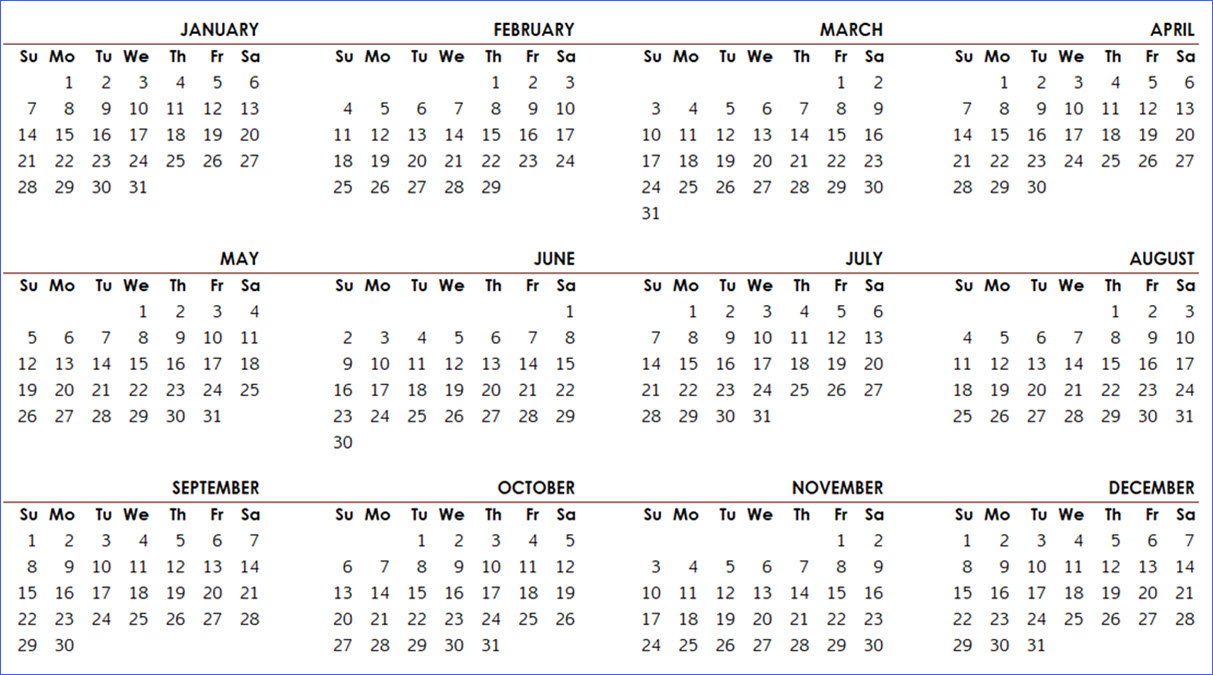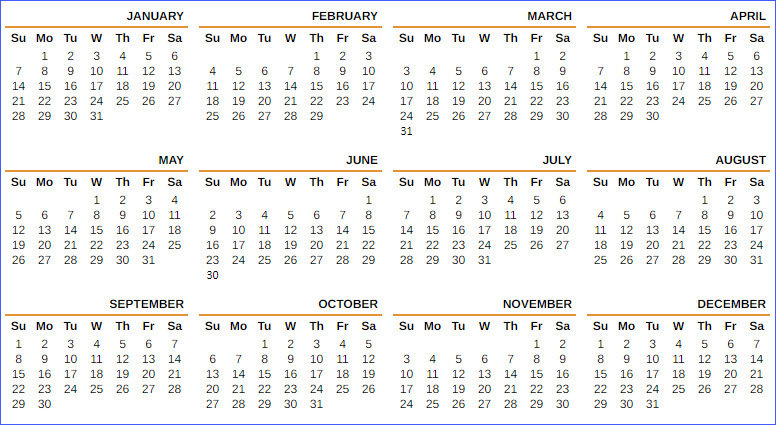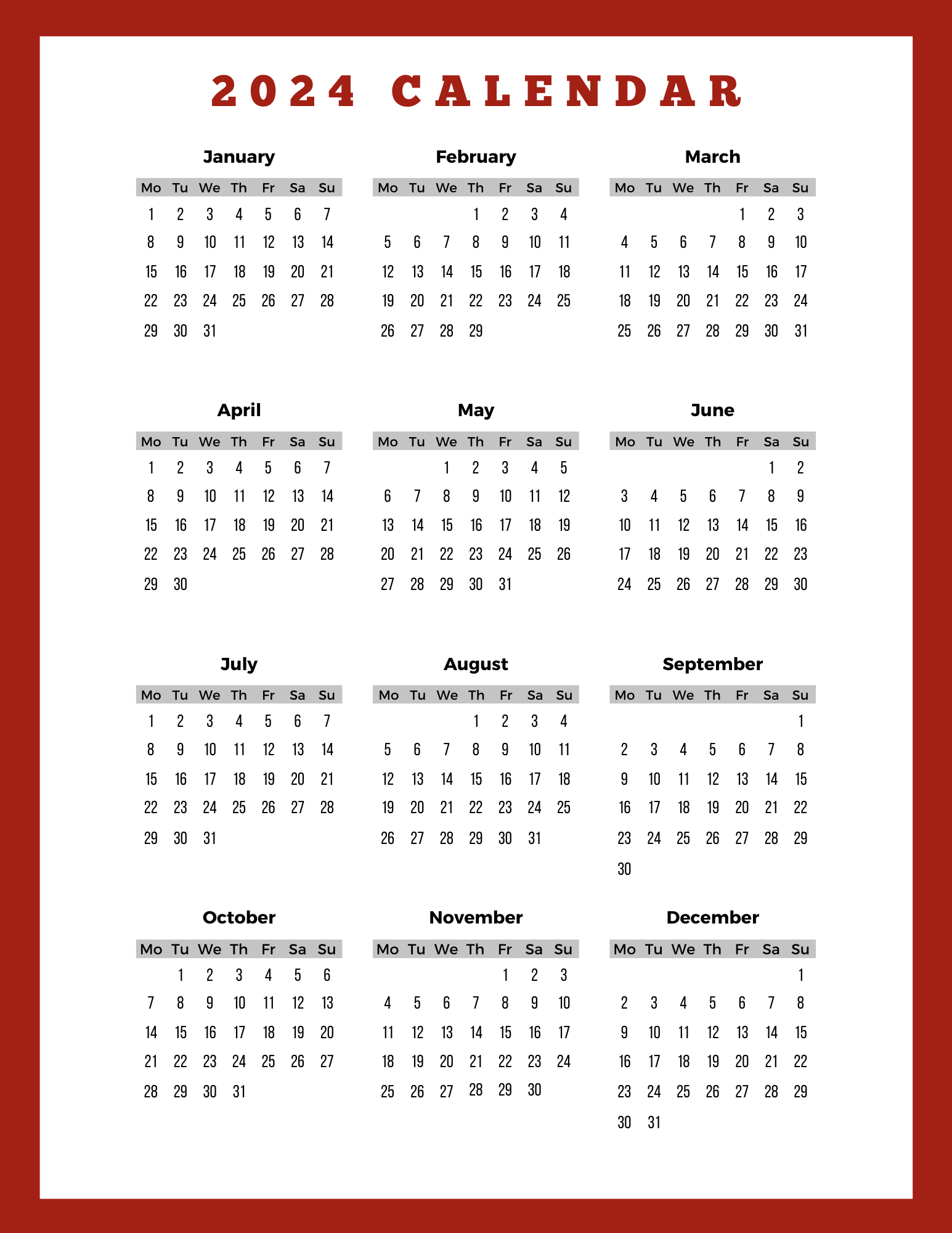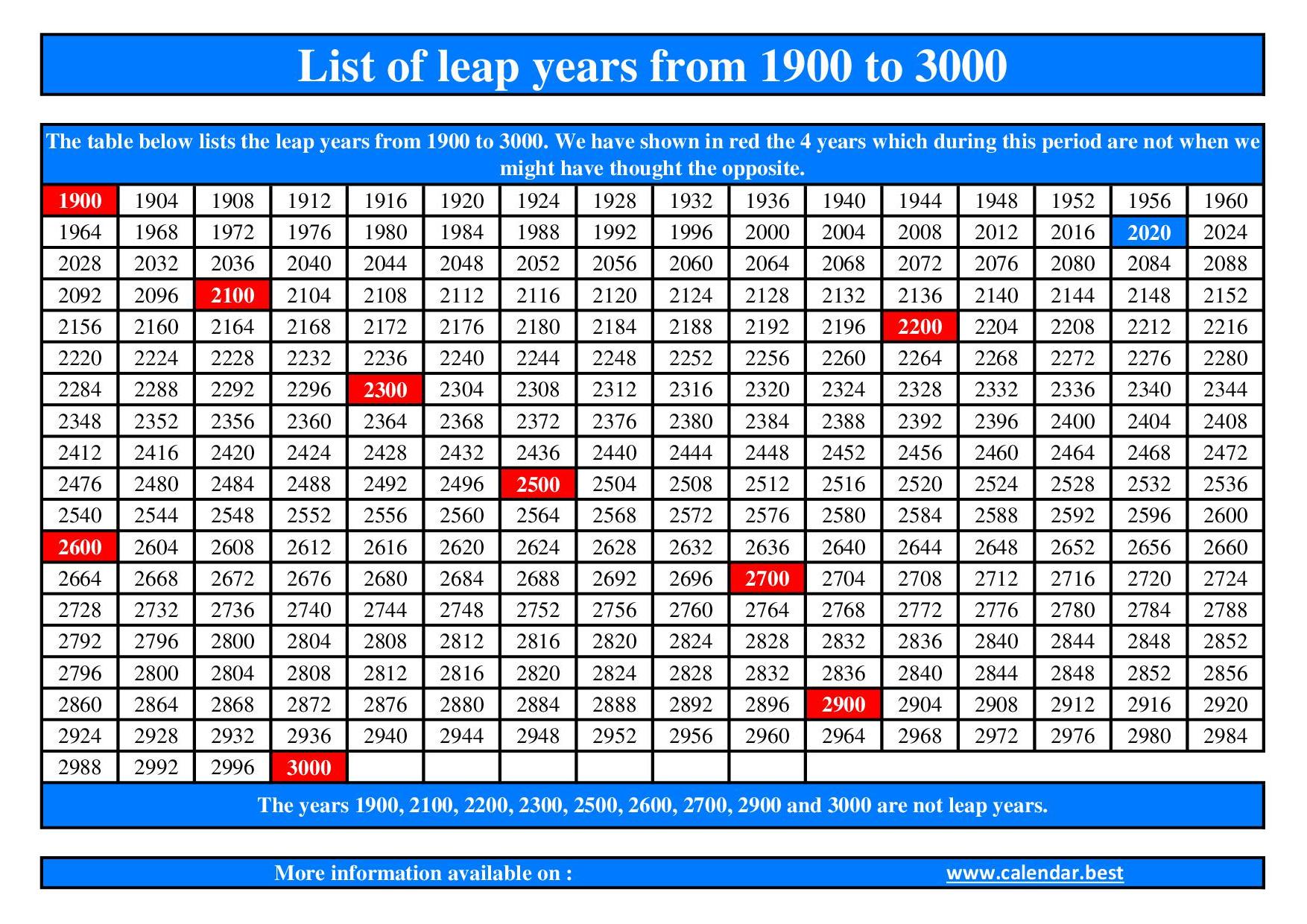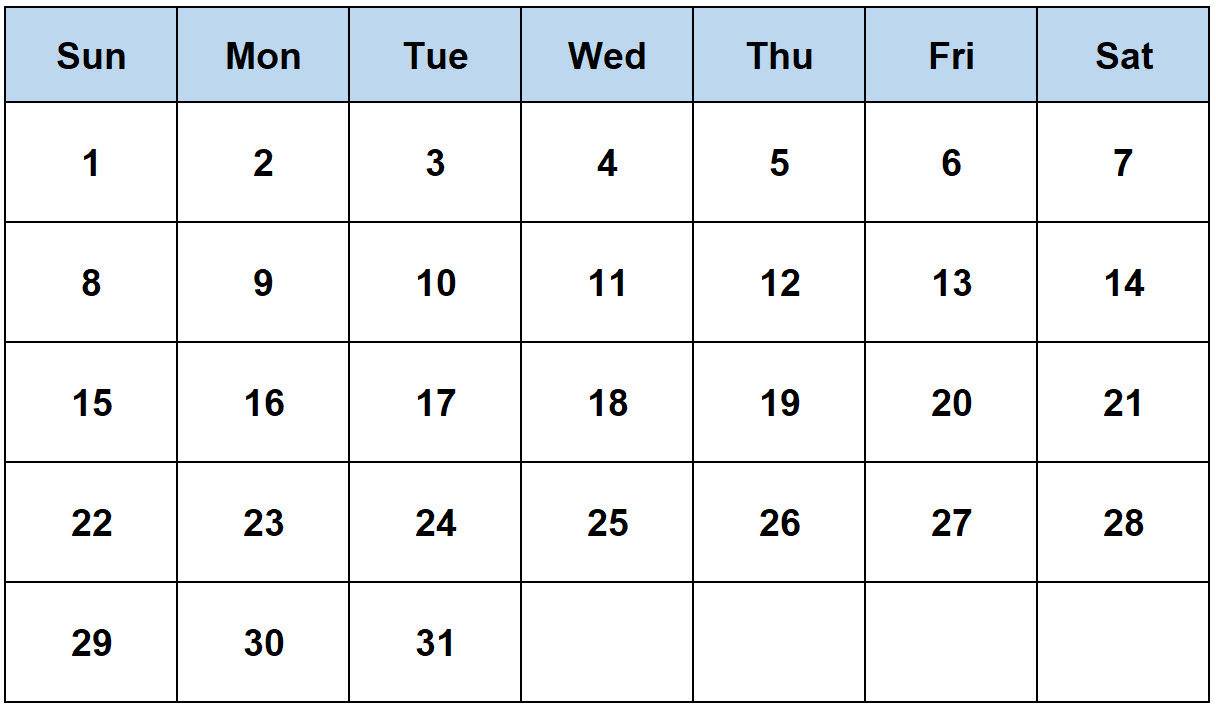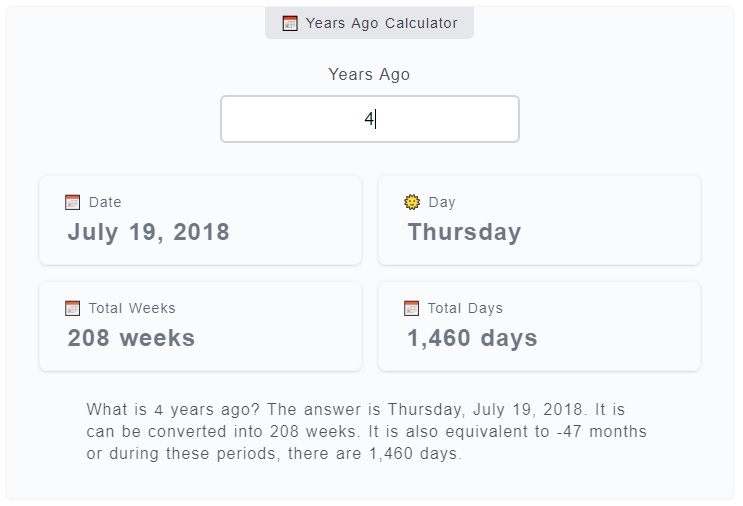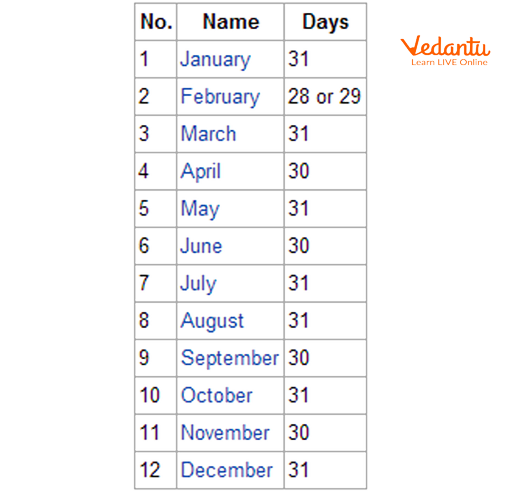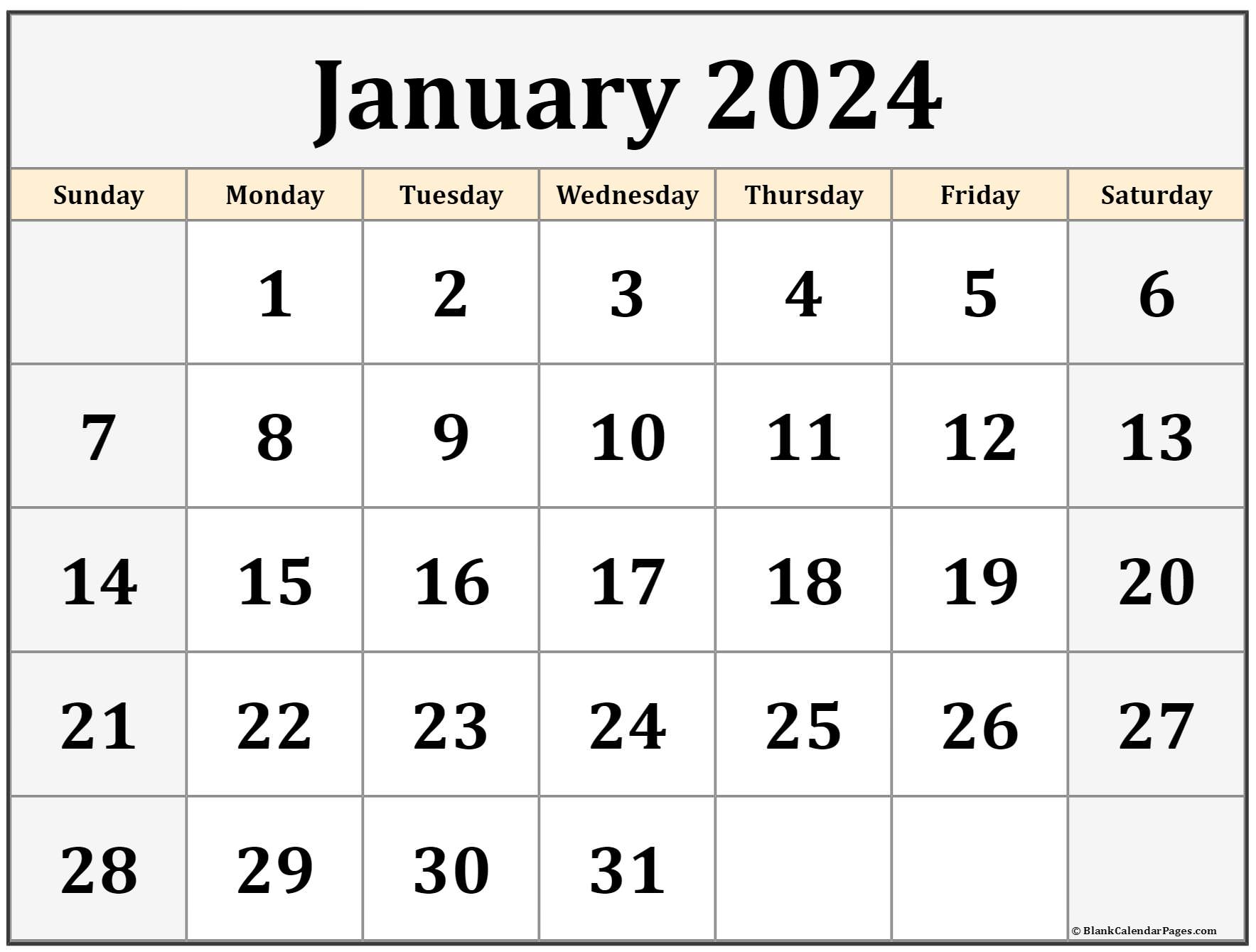How Many Days Has It Been Since April 28 2024
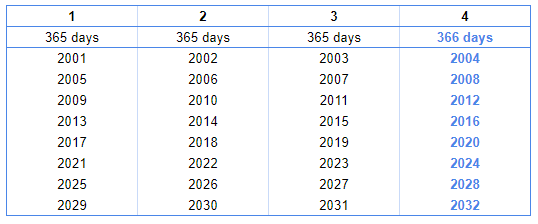
As of today, June 2, 2024, calculating the number of days since April 28, 2024, reveals a specific duration that may be relevant for tracking project timelines, personal milestones, or historical analysis.
This seemingly simple calculation provides a quantifiable measure of time elapsed since a defined start date. Understanding this period helps individuals and organizations assess progress, monitor deadlines, and contextualize events within a temporal framework.
The Calculation: Days Since April 28, 2024
To determine the precise number of days, we calculate the difference between the two dates. April has 30 days, so from April 28th to April 30th, there are 2 days. May has 31 days. Then, from June 1st and June 2nd, there are another 2 days.
Therefore, the total is 2 + 31 + 2 = 35 days. As of June 2, 2024, 35 days have passed since April 28, 2024.
Methodology and Verification
The calculation was performed using standard date arithmetic, commonly implemented in software and online calculators. Multiple online date calculators, readily available, independently verified the result, ensuring accuracy.
For instance, websites like Time and Date AS and CalculatorSoup offer date calculators which produce identical results.
Significance and Applications
The number of days since a specific date can hold considerable importance in various fields. For example, businesses frequently track the number of days since a project began to monitor progress against deadlines and budgets.
Medical professionals may track the number of days since a patient started a treatment to assess its effectiveness. Legal professionals might determine how long an investigation has been ongoing to ensure compliance with legal timelines.
In personal contexts, individuals may track the number of days since a life event, such as a wedding or the start of a new job, to reflect on personal growth or to mark significant milestones.
Project Management and Deadlines
Project managers utilize date calculations extensively. Tracking the days since a project's initiation helps monitor progress, identify potential delays, and allocate resources effectively.
The calculation aids in assessing whether the project is on schedule and allows for timely adjustments to the project plan. This ensures that projects are completed within the stipulated timeframe and budget.
Medical and Scientific Research
In the medical and scientific communities, the number of days since a study commenced or a treatment began is a crucial metric. This data is used to evaluate the long-term effects of interventions and to track the progression of diseases.
Researchers and healthcare providers often rely on this information to make informed decisions about patient care and to develop more effective treatment strategies.
Legal and Regulatory Compliance
In the legal field, the calculation of days is vital for determining compliance with statutes of limitations and other legal deadlines. Missed deadlines can have severe consequences, including the dismissal of cases or the imposition of penalties.
Accurate date calculations are therefore crucial for maintaining legal integrity and ensuring fair outcomes in legal proceedings.
Personal Milestones and Reminders
On a personal level, calculating days since an event can be a meaningful way to mark milestones and celebrate personal achievements. It helps individuals reflect on their journey and appreciate the progress they have made over time.
Such calculations can also serve as reminders of important dates and anniversaries, fostering a sense of connection to significant events in one's life.
Potential Impact and Considerations
While the calculation of days since April 28, 2024, may appear straightforward, its implications can be profound. Accurate date calculations are essential for effective planning, informed decision-making, and compliance with legal and regulatory requirements.
Inaccurate calculations can lead to costly errors, missed opportunities, and even legal liabilities. Therefore, it's important to use reliable methods and tools to perform date calculations and to double-check the results.
Technological advancements have simplified the process of date calculations, with numerous online calculators and software applications available. However, it's essential to ensure that these tools are accurate and trustworthy. Furthermore, it's important to understand the underlying methodology to avoid misinterpretations or errors.
Moreover, the context in which the date calculation is used should be considered. Factors such as time zones, leap years, and daylight saving time can affect the accuracy of the calculation. Therefore, it's important to take these factors into account when interpreting the results.
By understanding the potential impact and considerations associated with date calculations, individuals and organizations can use this tool effectively to achieve their goals and avoid potential pitfalls.
Conclusion
As of June 2, 2024, 35 days have elapsed since April 28, 2024. This calculation, while simple in its execution, highlights the importance of accurate timekeeping in various aspects of life, from project management to personal reflections.
Understanding and utilizing accurate date calculations enables informed decision-making, effective planning, and the appreciation of significant milestones, ultimately contributing to greater efficiency and enhanced personal and professional success.
